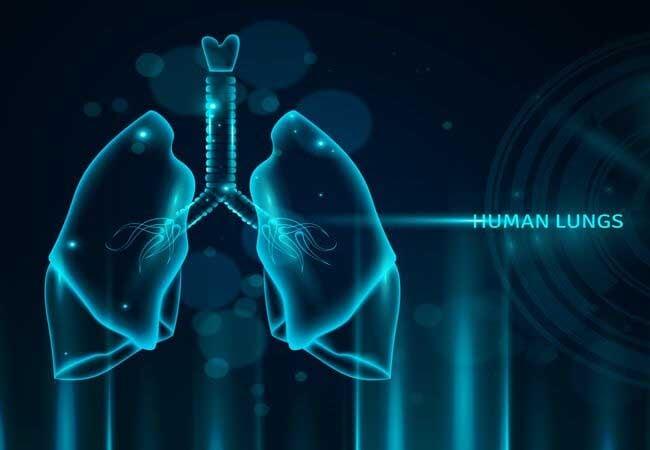Pulmonary arterial hypertension (PAH) is a global problem with elevated morbidity and mortality because it complicates many diseases related to the cardiopulmonary system. And this risk is even higher due to the high prevalence of congenital heart disease: there are an estimated 25 cases of pulmonary arterial hypertension related to congenital heart disease per million inhabitants worldwide.

PAH can occur due to heart disease, as we already said, but it can also occur due to clots or other chronic diseases. The remodeling of the pulmonary vasculature and the progressive increase of the pulmonary vascular load that are characteristic of this syndrome, generate hypertrophy and remodeling of the right ventricle that, without treatment, are fatal.
Stratifying patients
Stratifying patients
The 2015 Guidelines s for the Diagnosis and Treatment of Pulmonary Hypertension of the European Society of Cardiology – European Respiratory Society (ESC/ERS, respectively) indicate that it is a priority to stratify patients effectively and promptly in order to choose the most appropriate therapy for each case.
On the other hand, there are currently five clinical classifications (or groups) of pulmonary arterial hypertension:
1 Pulmonary Arterial Hypertension (PAH). The cause is the reduction or stiffness of the pulmonary arteries, which forces the right side of the heart to work harder.
2 Pulmonary hypertension due to left heart disease. The cause may be a problem with a valve (mitral or aortic) on the left side of the heart or a failure of the left ventricle.
3 Pulmonary hypertension due to lung disease. When the patient has a lung disease (e.g. COPD) or some other disease that causes hypoxia.
4 Pulmonary hypertension caused by chronic clots. The common treatment is surgery or medications that help dissolve clots.
5 Cryptogenic pulmonary hypertension. Which is when the physician cannot determine the origin of the problem. Among the conditions that are usually associated with this type of hypertension we can mention kidney disease, metabolic disorders, inflammatory disorders or blood disorders, among others.
Although the predictive capacity provided by stratification methods has improved over time using machine learning algorithms, the aforementioned ESC/ERS 2015 Guidelines suggest evaluating the risk of patients periodically since there is no a unique variable that offers enough diagnostic and prognosis information.
That is why it is necessary the physician establishes a multidimensional treatment strategy that includes various tests such as echocardiography, CT scans, spirometry and pulmonary function tests, among other useful tools.
Sotatercept, a hope?
Sotatercept, a hope?
To the already known treatments, for example, diuretics to promote euvolemia or anticoagulant therapy (now only indicated for idiopathic PAH), one more option is added.
It is a PULSAR trial (published in April 2021) in which the efficacy of sotatercept, a new fusion protein composed of the extracellular domain of the human activin receptor type IIA fused with the Fc domain of human igG1, was tested. In other words, this compound binds the activines and the growth differentiation factors to try to restore the balance in the growth promoting signals and the growth inhibitors.
The trial lasted 24 weeks in which 106 adults receiving baseline therapy for pulmonary arterial hypertension were randomly selected. They were given subcutaneous sotatercept at a dose of 0.3 mg per kilogram of body weight every 3 weeks or 0.7 mg per kilogram every 3 weeks or a placebo. The primary endpoint was the change in pulmonary vascular resistance from trial initiation to week 24.
This trial demonstrated that sotatercept reduces pulmonary vascular resistance in patients receiving background monotherapy, double therapy, or triple therapy, including those receiving prostacyclin infusion therapy. Decreased pulmonary vascular resistance in the sotatercept groups was achieved by reducing mean pulmonary arterial pressure, without causing a substantial change in cardiac output or pulmonary artery wedge pressure.
Preclinical evidence suggests that sotatercept has a direct effect on pulmonary vascular remodeling, which may explain its clinical effect on pulmonary artery pressure. Although there is still a long way to go, these initial results are good news for PAH patients.
REFERENCIAS Pulmonary Arterial Hypertension: https://www.nejm.org/doi/full/10.1056/NEJMra2000348,
Sotatercept for the Treatment of Pulmonary Arterial Hypertension,
2015 Guidelines s for the Diagnosis and Treatment of Pulmonary Hypertension




